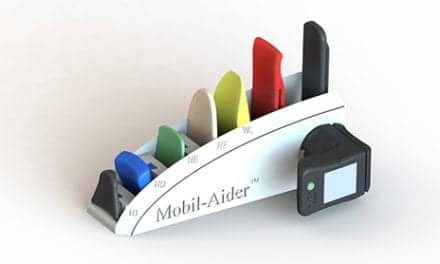Applying low-frequency shock waves to muscles may be a potential new way to speed up the healing process.
The procedure, called Extracorporeal Shock Wave Therapy (ESWT), is already a promising technique for such injuries as ligament and tendon damage.
However, a new study performed on rats, from the Society of Experimental Biology, explored the possibility of using this procedure to help heal muscle damage.
“By accelerating the muscle healing process, ESWT could get athletes back in the game faster after injury,” says Dr Angela Zissler, who led the study at the University of Salzburg, Austria.
ESWT works by mechanically stimulating the tissue, which recruits stem cells to kick start repairs, per the release.
“The detailed cellular and molecular processes activated by ESWT have been unclear. Our study indicates that shock waves increase the levels of chemical signaling factors in muscle tissue. These factors wake up ‘satellite’ progenitor cells which gradually become new muscle fibres,” Zissler explains.
In a low-energy ESWT session, probes deliver shock waves to the patient’s damaged area at a low frequency (roughly 1 pulse per second). The shock waves focus a small amount of energy (less than 0.2 mJ/mm2) on the damaged area, without the need for using local anaesthetics, the release explains.
ESWT may have potential as a noninvasive therapy that complements or supports existing therapies for recovery.
“This therapy only needs sessions of around 15 minutes, so easily complements traditional practices such as physiotherapy. Another bonus is that there are no side-effects to low-energy ESWT, unlike some other methods,” she notes.
[Source(s): Society for Experimental Biology, Science Daily]





